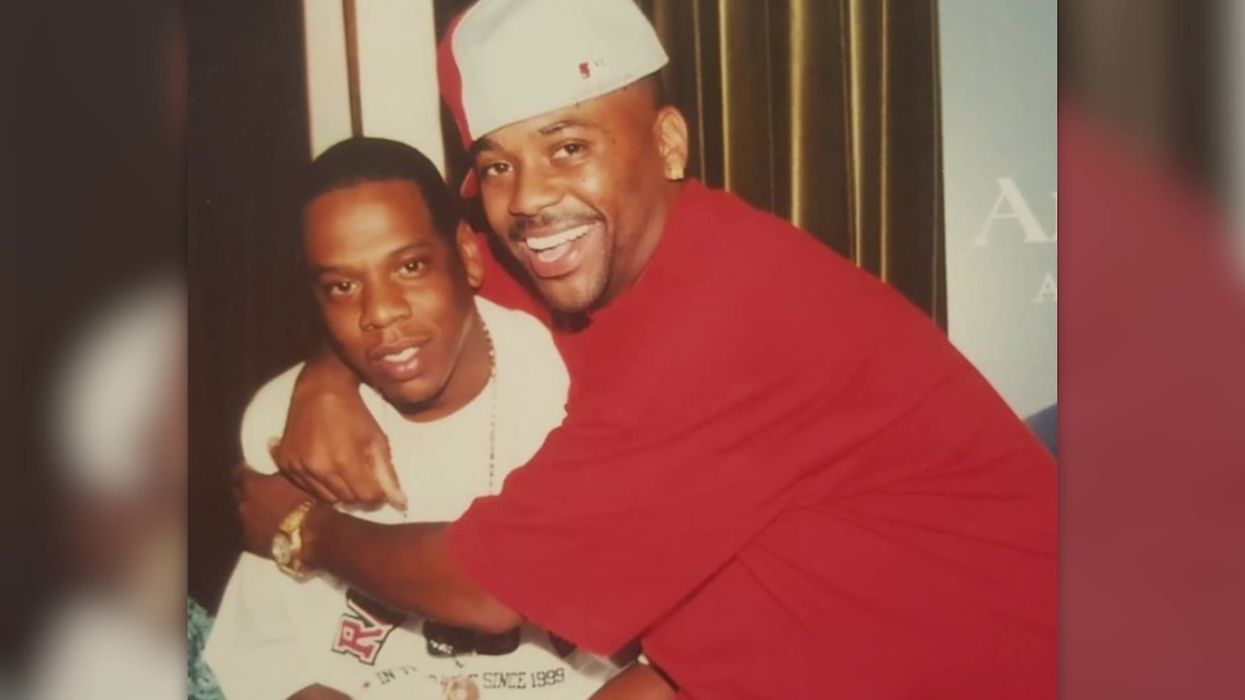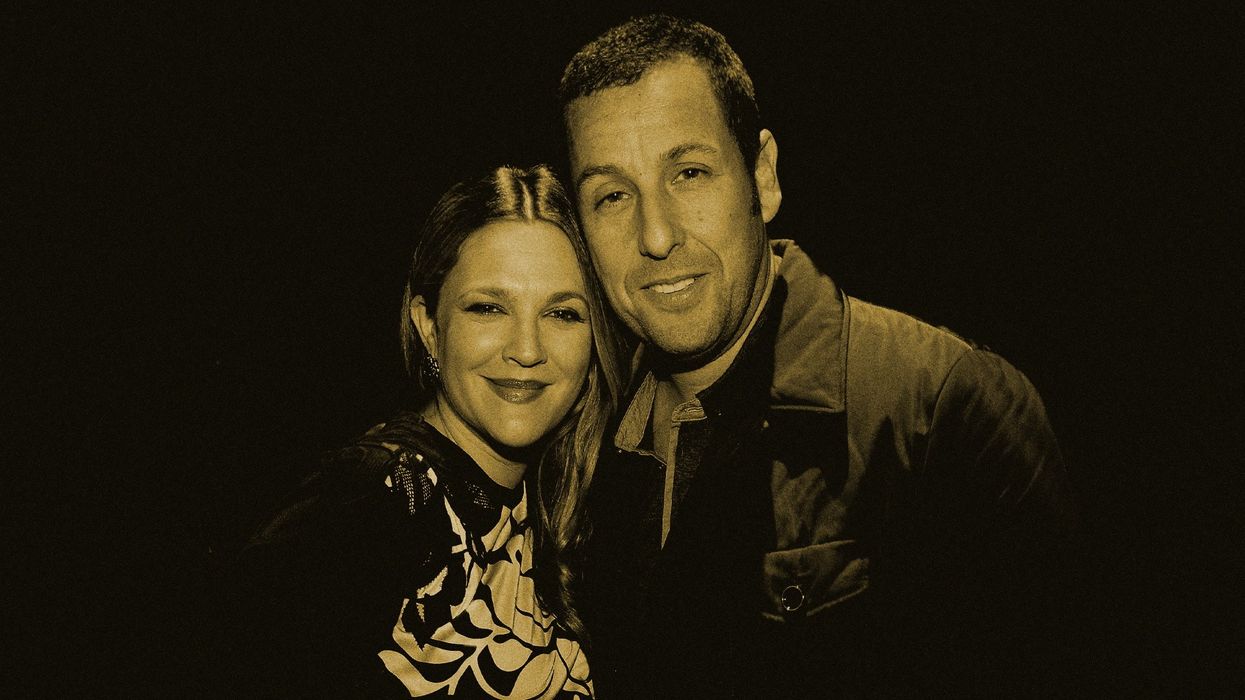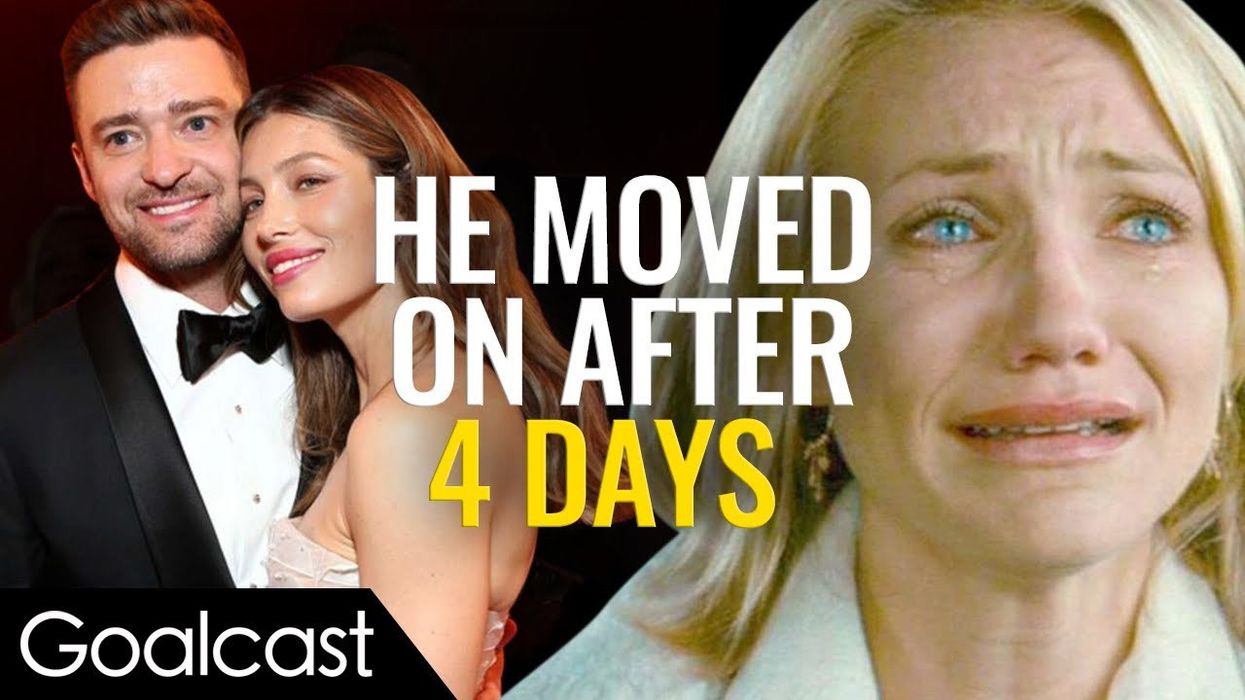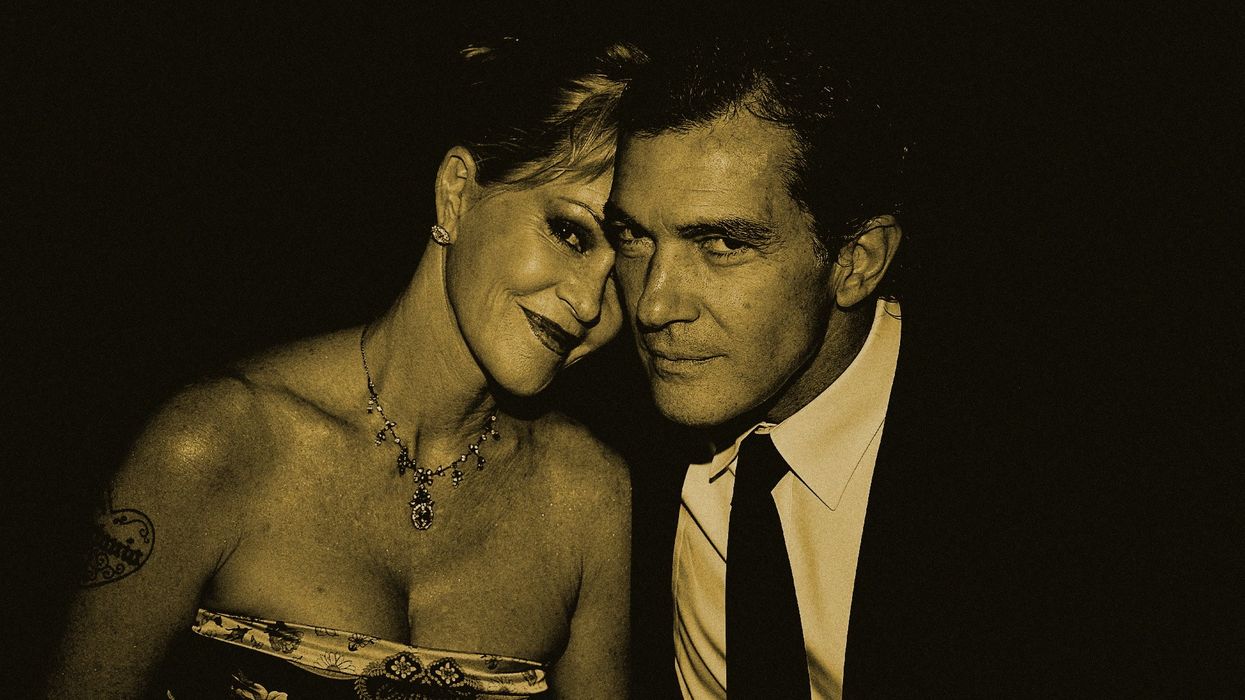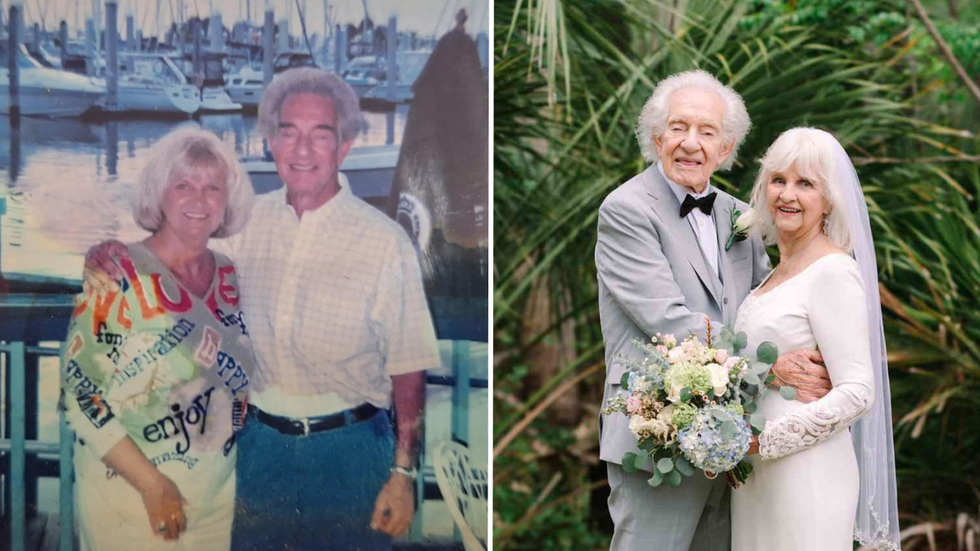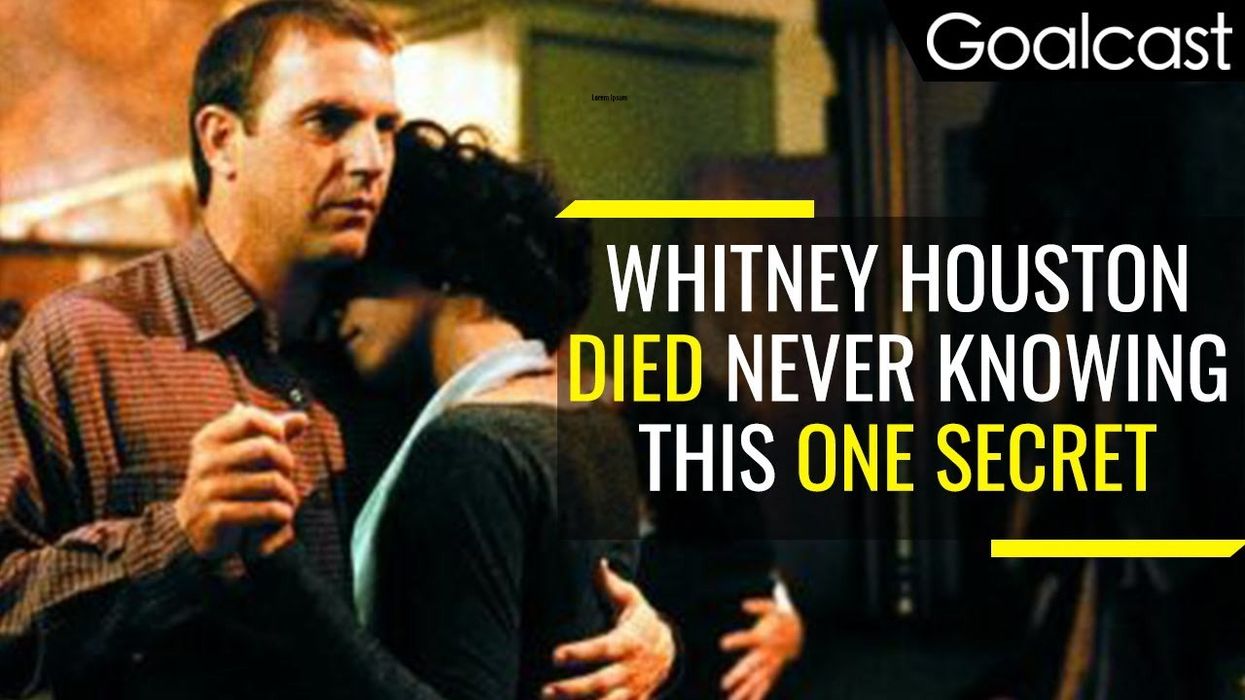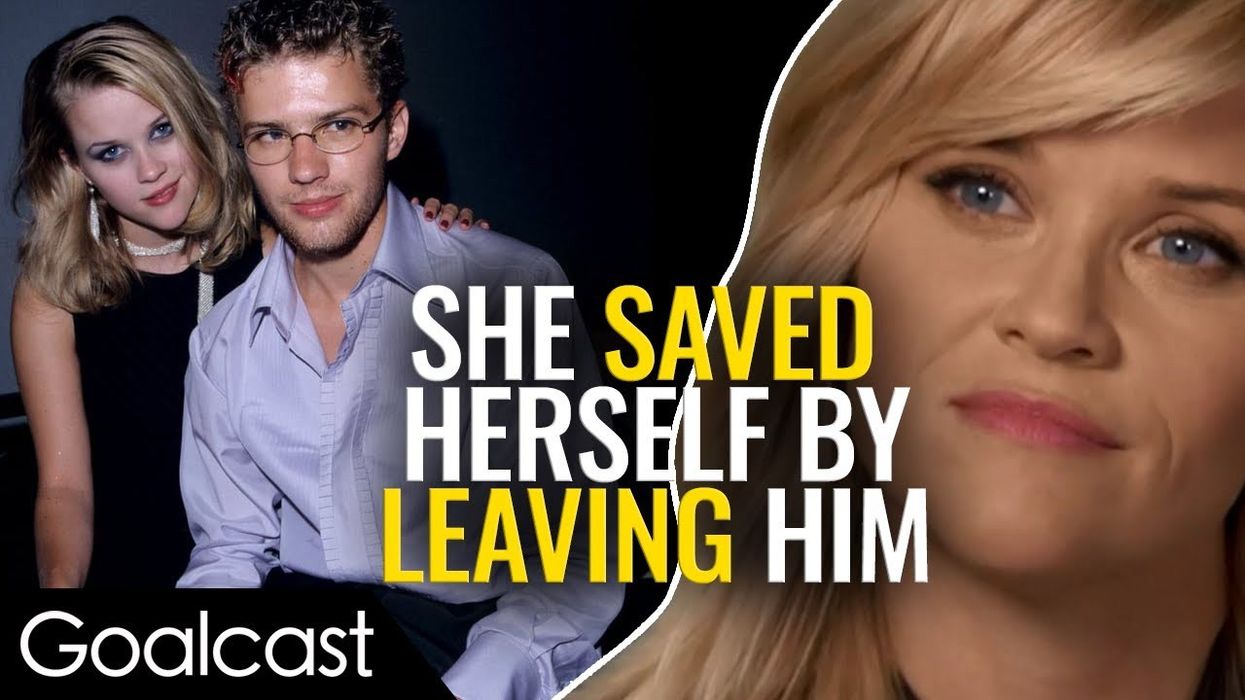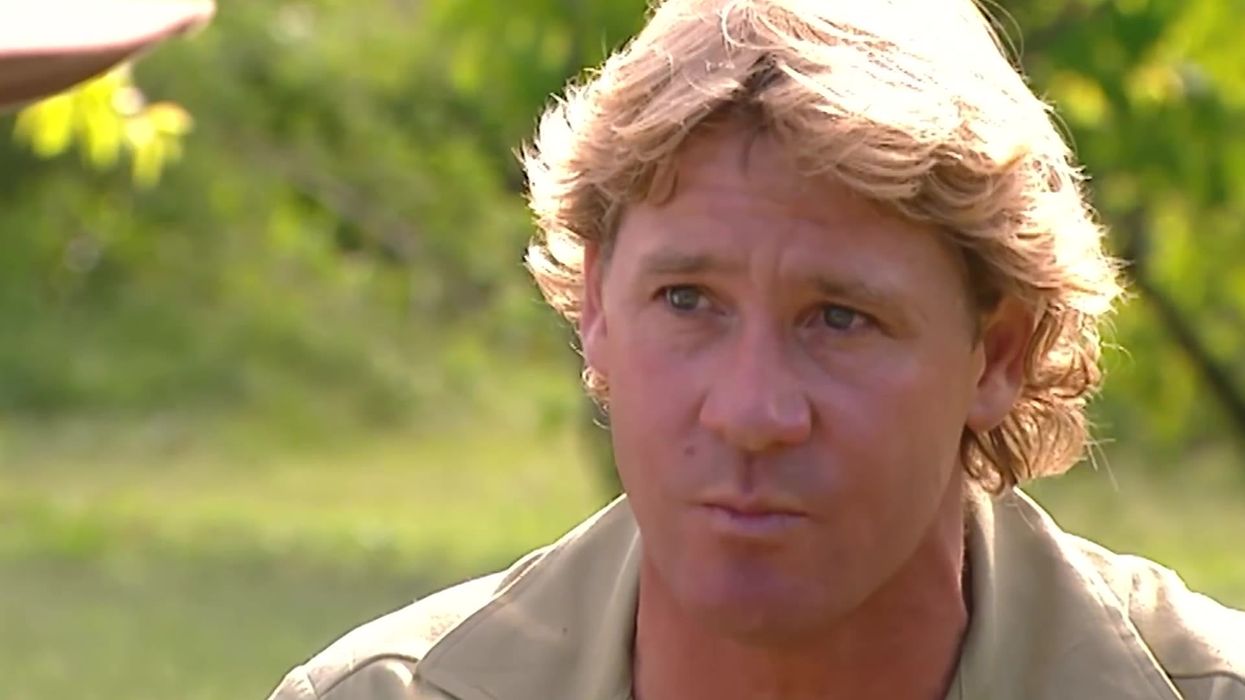
7 Powerful Strategies I Learned On the Journey to My Best Self
Developing the best version of myself has become my life's purpose. On the road to my self-actualization, I have learned that getting to my own personal North is a constant process, which will only end when my stay on Earth expires.
A few years ago, while working on developing my full potential, I wondered how a mission, which at first sight seems selfish, could be my unique and special contribution to the world. Eventually I realized, through time and experience, that when I strive and succeed at becoming a better person every day, the people around me in my life also benefit.
Today I want to share seven powerful strategies I have learned while pursuing my personal development with love, patience and commitment. They are not the only lessons won on this journey of self-actualization, but they are the ones I value the most.
7 Powerful Strategies I Learned On the Journey to My Best Self
In any given moment we have two options: to step forward into growth or to step back into safety.- Abraham Maslow
Practice gratitude daily to change your mindset
Practicing gratitude is a daily workout for the mind and soul. I am not an expert on the subject, but if you search for the word "gratitude" online, you'll find an endless list of articles that explain, even scientifically, all the benefits that gratitude provides to our mind and body. For me, the essential thing is that it revives my ability to marvel at things that I began to take for granted. The other great benefit is that it helps me to quickly turn challenging situations around by focusing on the blessings in my life instead of just complaining about what's going wrong.
Clarify a profile of your best self
Getting to my best version of myself is an ambitious mission statement, but to define my strategy and path to get there, I needed to clarify my vision and goals, with a more detailed description of how my best self would look, think, act and feel. To make it simple I made a table with three columns. The main title is "This is my best self," with each column carrying a different subtitle: "She looks like this," where I give a physical description of how I my best self would appear; "She behaves like this," where I describe the qualities and empowering behaviors of my fully actualized self; and "She feels like this," where I express the emotions that I see as being aligned with this best version of myself.
Dedicate daily time to self-assessment
Now that you have a clear outline of your best self's profile, you can take some time every day to evaluate whether your actions and feelings coincided with your vision of self-actualization. Making this a daily practice gives you the opportunity to make adjustments, or to focus more energy on those behaviors that are misaligned from your destination. It also helps you deepen your self-knowledge, and better understand your own behaviors by detecting patterns of thinking and acting which you might otherwise assume to be isolated or random.
To perform this strategy effectively we can have a short daily questionnaire that we fill out every night. For example, I can find identify the behaviors I exhibited today that were aligned with my vision, and celebrate them. Likewise, I can list the behaviors I consider to be misaligned, explore why I might have acted that way, what the behaviors might communicate to me, and if I consider it necessary, I can forgive myself for them. Then I can ask myself, what can I do better tomorrow to align myself more with my vision of my best self?
Develop your empowering rituals
Great authors, coaches and speakers in the wellness area insist on the importance of creating rituals that are special to us. A Harvard study by Francesca Gino, associate professor at the Business School, supports the theory that rituals help us manage anxiety better. Robin Sharma, recognized author and coach, relates in his books various rituals and invites the audience at his presentations to perform them. A personal ritual is a regular practice we create for ourselves that can help us to feel more relaxed, to regain confidence, to revitalize and energize us, or to enjoy our positive moments more.
Set up self-improvement goals
A clear vision of my best self is an excellent basis for self-improvement, but how can I know if I'm making progress towards my goals? For this, it is essential to map out a a route. I start by setting a goal. Let's say I complain a lot and this affects my mood, focus and performance. I can aim to reduce my complaints, and although there is no scientific measurement, it is possible to validate during my self-assessment (I include it in my questions) whether or not I did it.
Becoming more aware of this action can help me to better handle everyday situations. It's like a muscle that we want to develop or tone up: I work it daily with various exercises. To measure your progress effectively, you must quantify the objective and give yourself a target date. For example, right now I tend to complain about ten times a day on average, and my goal is to reduce that to only two per day. To reach my goal, I must eliminate eight complaints a day. This kind of precision is what helps us to focus.
Track your progress towards your goals
Setting a goal isn't very effective unless you're going to track your progress. I can think that I am advancing, for example, but only when I register it will I know for sure. I might note then, for example, that this day I only complained three times instead of my usual 10 or 15, or that I managed to fulfill my daily dawn rituals when I used to do it only three times a week; or that I did physical exercises for twenty minutes three times a week instead of one, etc. Then I can clearly see my progress, and this can inspire and motivate me to continue on. If on the other hand, I notice that there is no improvement, then it tells me to redefine my strategy.
Find a self-development partner
Although our journeys to self-actualization are mostly solitary adventures, where we set and track our goals ourselves, it is even better if we have someone to accompany us along the way. If our spirits decay or we hit bumps along the road, having a support partner can be a powerful motivator.
If we choose to find one, it is vital that this be a trusted person, who we can share our intentions, vision, and goals with, and who can feel comofrtable communicating his or her impressions of our progress. Also ask him/her to take over the role of inspiring coach, so that if he/she sees us fall or flinch, can give us a message of encouragement. If you do not have this possibility or prefer to walk this path alone, there are many resources, videos, writings, and thoughts on sites like Goalcast to nourish you with the energy you need to climb your personal mountain to the best version of yourself.

















